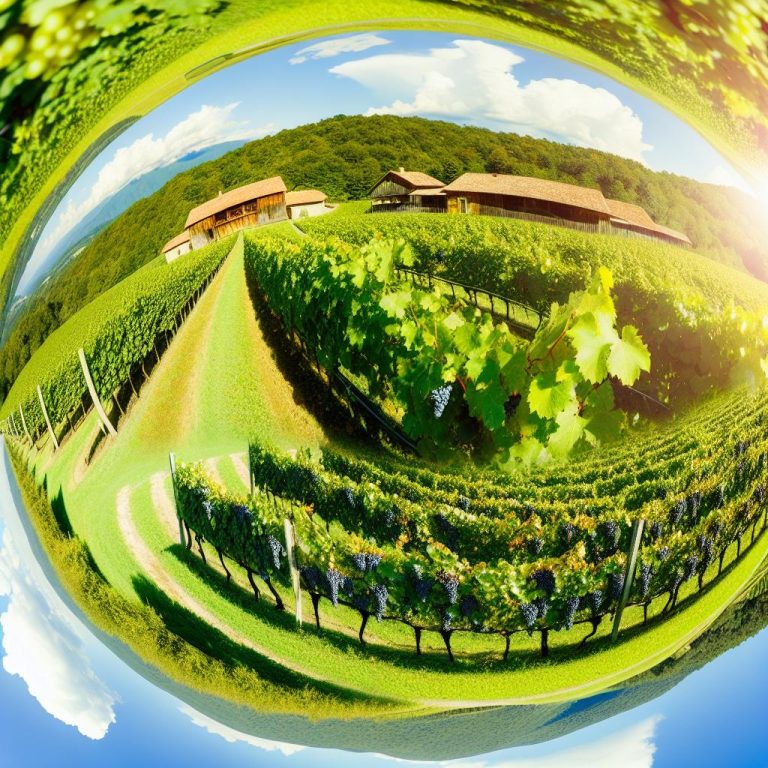Kartli Region and Its Unique Wine Styles
The Kartli region in Georgia is celebrated for its unique wine styles, which have garnered interest from wine aficionados globally. Characterized by a variety of climates and diverse soil types, the area significantly contributes to the distinct flavors that its wines offer. This article delves into the prominent wine styles found in Kartli, highlighting what makes them exceptional.
Geographical Influence on Wine Production
The geographical setting of Kartli significantly impacts its wine production. The region enjoys a blend of continental and subtropical climates, creating an optimal environment for viticulture. The area’s terrain, marked by valleys and mountains, in combination with the fertile alluvial soils, cultivates a rich terroir. This terroir imparts unique and desirable characteristics to the wines produced here.
While the rivers flowing through the region provide essential irrigation, the diversity in elevation and microclimates allows for the growth of a variety of grape species. These climatic conditions encourage the growth of both early and late-ripening grape varieties. As a result, the wines exhibit a complex palette of flavors and aromas, making Kartli a captivating destination for viticulturists and wine enthusiasts alike.
Traditional Winemaking Techniques
Winemaking in Kartli is deeply entrenched in history, with ancient traditions and techniques carefully passed down through generations. A particularly fascinating aspect of Kartli’s wine production is the use of qvevris, large clay vessels that are buried underground. These vessels play a significant role in the natural fermentation process of the wines, promoting a flavor profile that is both distinct and rich.
The qvevri method is an ancient winemaking technique that contributes to the wines’ rich tannins and aromatic complexity. This traditional approach involves minimal intervention, allowing the natural flavors of the grapes to shine through. The interaction between the wine and the clay vessels imparts a mineral quality that adds depth and character to the wines, distinguishing them from those produced in more modern facilities.
Noteworthy Wine Varieties
Kartli is renowned for hosting a variety of indigenous grape species, each adding to the signature wine styles of the region. Among these, several stand out for their unique qualities:
Chinuri: This versatile white grape is celebrated for its crisp acidity and a light, refreshing taste. Chinuri is often utilized to produce both still and sparkling wines. Its versatility makes it a popular choice for winemakers seeking to create diverse wine profiles.
Tavkveri: Known as a red grape variety, Tavkveri produces wines that range from light to medium-bodied, featuring soft tannins and notes of red fruit. These wines are particularly appealing for their approachable nature and balanced flavor profile.
Saperavi: While Saperavi is more prevalent in the neighboring Kakheti region, it also holds a significant presence in Kartli. This grape contributes to the production of deep, inky red wines with robust flavors. Saperavi is appreciated for its potential in creating wines with great aging capacity and complexity.
Emerging Wine Trends
In recent years, Kartli wines have attracted international acclaim, leading winemakers in the region to experiment with modern winemaking styles alongside traditional techniques. A notable trend that has emerged is a focus on organic and biodynamic winemaking practices. These practices reflect a broader commitment to sustainability and enhancing wine quality.
Winemakers are increasingly adopting these sustainable methods, recognizing the growing consumer demand for eco-friendly products. By emphasizing biodynamic principles, such as harmony with natural ecosystems, winemakers in Kartli are producing wines that are not only delicious but also environmentally sustainable.
Visiting Kartli
For those interested in experiencing the wines of Kartli firsthand, the region offers a plethora of wineries that welcome visitors. These wineries provide guided tours and tastings, along with insights into the qvevri winemaking process. Visiting Kartli allows guests to immerse themselves in a culture that reveres ancient traditions while embracing a modern context.
The opportunity to explore the wine cellars and interact with local winemakers offers a deeper appreciation for the skill and craftsmanship involved in producing high-quality wines. Travelers can also enjoy the scenic landscapes, rich history, and culinary delights that complement the wine-tasting experience.
To uncover more about Kartli’s diverse wine offerings and tourism opportunities, you might consider visiting specialized travel and tourism websites dedicated to exploring Georgian wine regions. These resources can provide valuable insights and tips on planning a wine-centric journey through this remarkable area.
